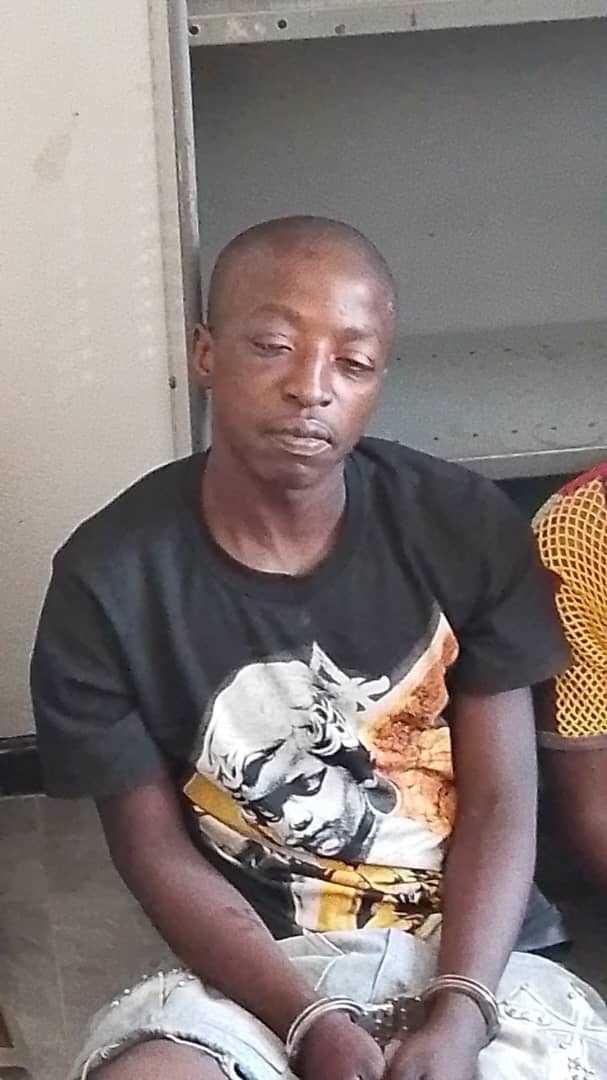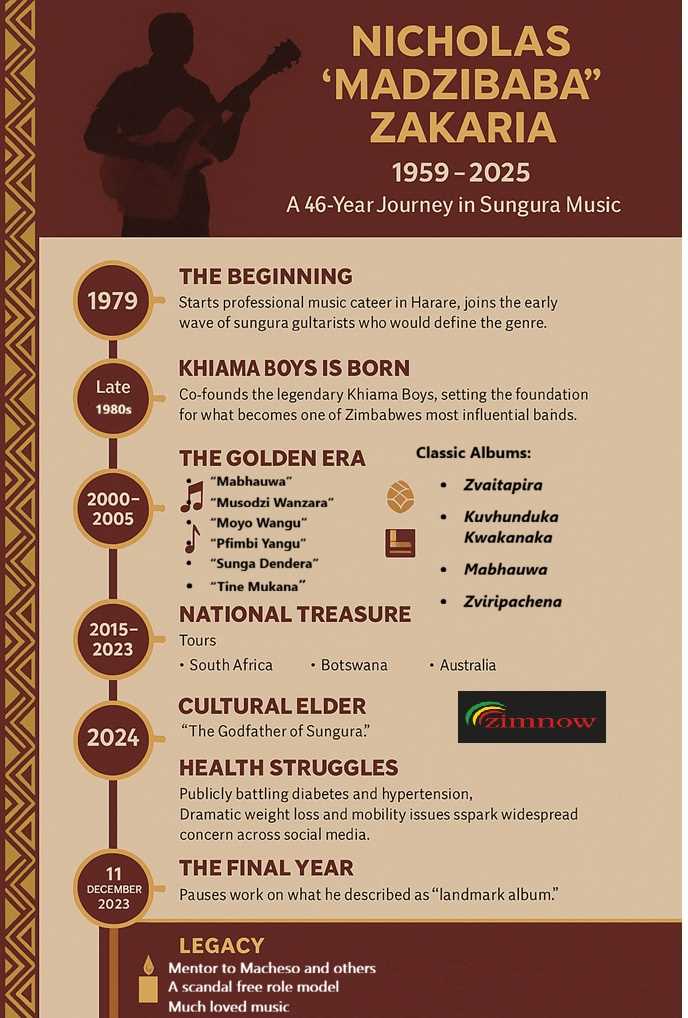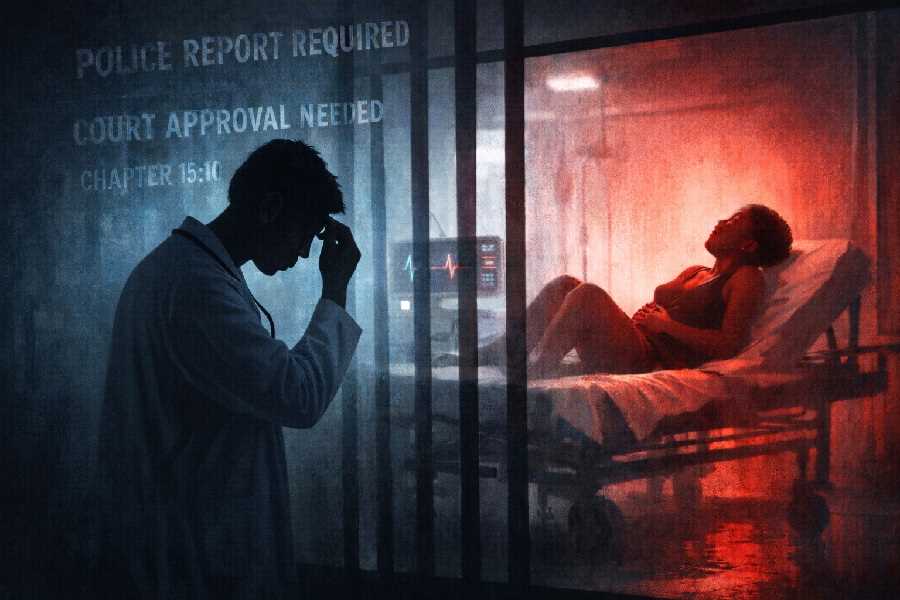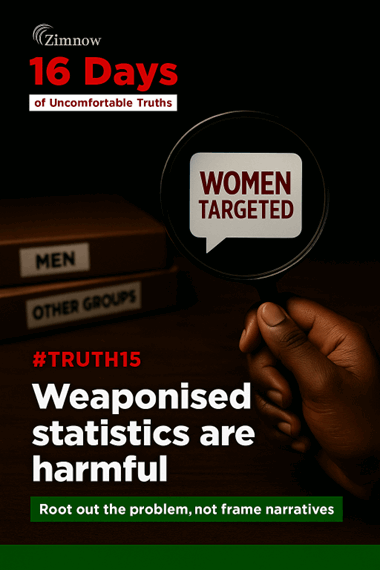
The suffocating grip of fear that held St Mary’s and Manyame Park in Chitungwiza has finally been broken. But the relief is uneasy — and short-lived.
Behind the sensational arrest of Aluis Luciano, the alleged serial robber infamously known as “Bla Matsotsi”, lies a haunting truth: the line between villain and neighbour, between the lawless and the loved, is disturbingly thin.
Luciano’s reign of terror was the stuff of whispered nightmares. Residents say he operated with a level of violence that felt superhuman — fuelled by rumours of “spiritual backup.” His savagery, including the vicious stabbing of a police dog, left the community paralysed.
Repeated arrests never stuck. Fear became routine.
Everyone felt helpless — except one man.
“I grew up with Matsotsi,” said Leonard ‘Malenso’ Liyaya, the neighbour whose courage helped end the robber’s spree. “We come from the same neighbourhood. I think he dropped out of school when he was in Grade 2 at Zengeza Main Primary School.”

Malenso watched his childhood peer spiral:
“The guy used to steal from people, but he wasn’t using weapons until he came back from South Africa in 2021,” he recalled.
From petty thief to predator, Bla Matsotsi became a walking warning — the embodiment of what happens when lawlessness finds sanctuary in fear.
Police records confirm a string of violent crimes tied to the suspect.
On October 13, Obert Chamunorwa, 23, was attacked near Huruyadzo Shopping Centre and robbed of US$85 (CR250/10/25). The next day, a heavily pregnant woman, Memory Matanga, was stabbed in the hand after refusing to cross the road as ordered by the same gang (CR260/10/25).
“He was completely out of control,” said Mai Tawanda, a vegetable vendor. “We had to close early most days because of the fear. To stab a police dog — that told us he feared nothing, not even the law. We were living under a shadow. His cruelty was legendary.”
Related Stories
Even family ties offered no restraint. According to Malenso, Bla Matsotsi was a thorn in his own household. At one point, he allegedly stabbed his mother — the same woman who once pleaded with police to lock him up “for the safety of the community.”
That woman’s anguish took a shocking turn when Bla Matsotsi finally appeared in court.
Witnesses say she spat at Malenso, the neighbour whose information had helped bring her son to justice.
“I saw it with my own eyes, and my blood ran cold,” said Mr Chigodora, an elder in Manyame Park. “We thought she was on our side, but how can you spit on the face of the man who brought the monster into custody? It makes you ask — was she genuine all along, or was she in support of his bad deeds?”
Another resident, Amai Ruva, said the outburst shattered what little trust remained.
“She used to cry to us about him. Now she attacks Malenso? It proves that dark spiritual backing he had must have come from somewhere close. We were right to think this was a demon we had to exorcise, not just a man.”
Still, the community rallied behind the whistle-blower.
“Bla Matsotsi thought he could just come back and do whatever he wanted,” said Tichawona, another elder. “But Malenso knew him best, he knew his ways, and that was our advantage. The courage to stand up against a man perceived as invincible, even after being spat on, shows his true heart.”
Statistics reveal that the story of Bla Matsotsi is part of a wider surge in violent crime across Zimbabwe.
According to the Zimbabwe National Statistics Agency (ZIMSTAT), the country recorded 310,876 offences in the first quarter of 2025, a 33.7 percent jump from the previous quarter. The national crime rate reached 2,048 per 100,000 people, with over 51,000 cases involving property or violence.
Even more troubling, police data show that armed robberies rose by 4 percent between January and August 2025, despite an overall 8 percent decline in total robbery cases. The trend suggests that while fewer crimes are being committed, they are becoming more violent, more brazen, and closer to home.
For police, informants like Malenso remain the thin line between order and chaos. Most violent criminals are caught because someone — often a neighbour, a friend, a mother — decides that silence is no longer an option. Yet, as this case shows, those who speak up risk isolation, retaliation, and even curses from the very families they seek to protect.
The people of St Mary’s are hoping that this time, there will be conviction and along sentence.
But the fear that still lingers is no longer just about robberies. It is about how evil hides in plain sight — behind familiar faces and family walls — until someone dares to look closer. Criminals are someone’s child, someone’s neighbour, someone’s heartbreak.



















Leave Comments